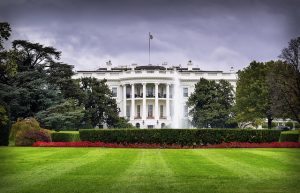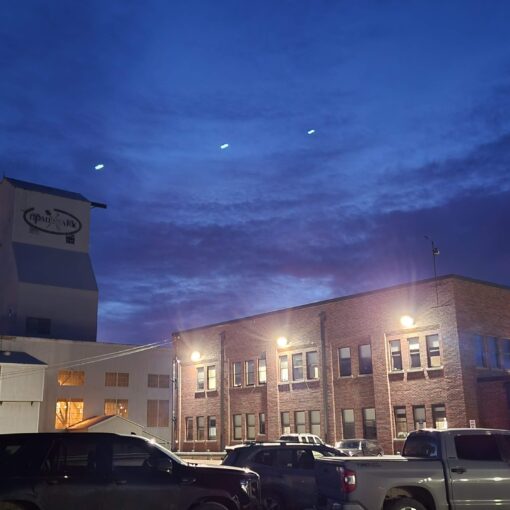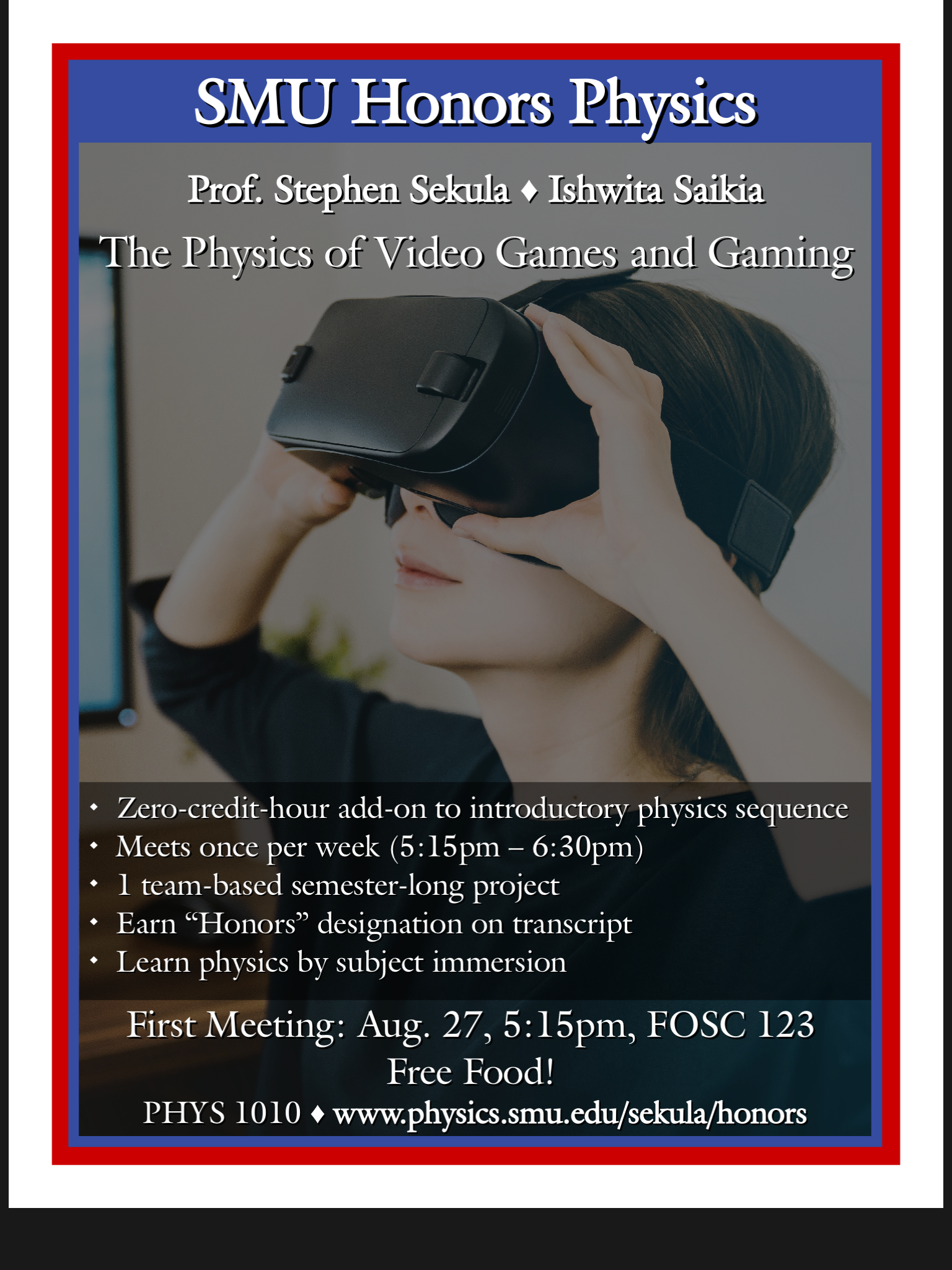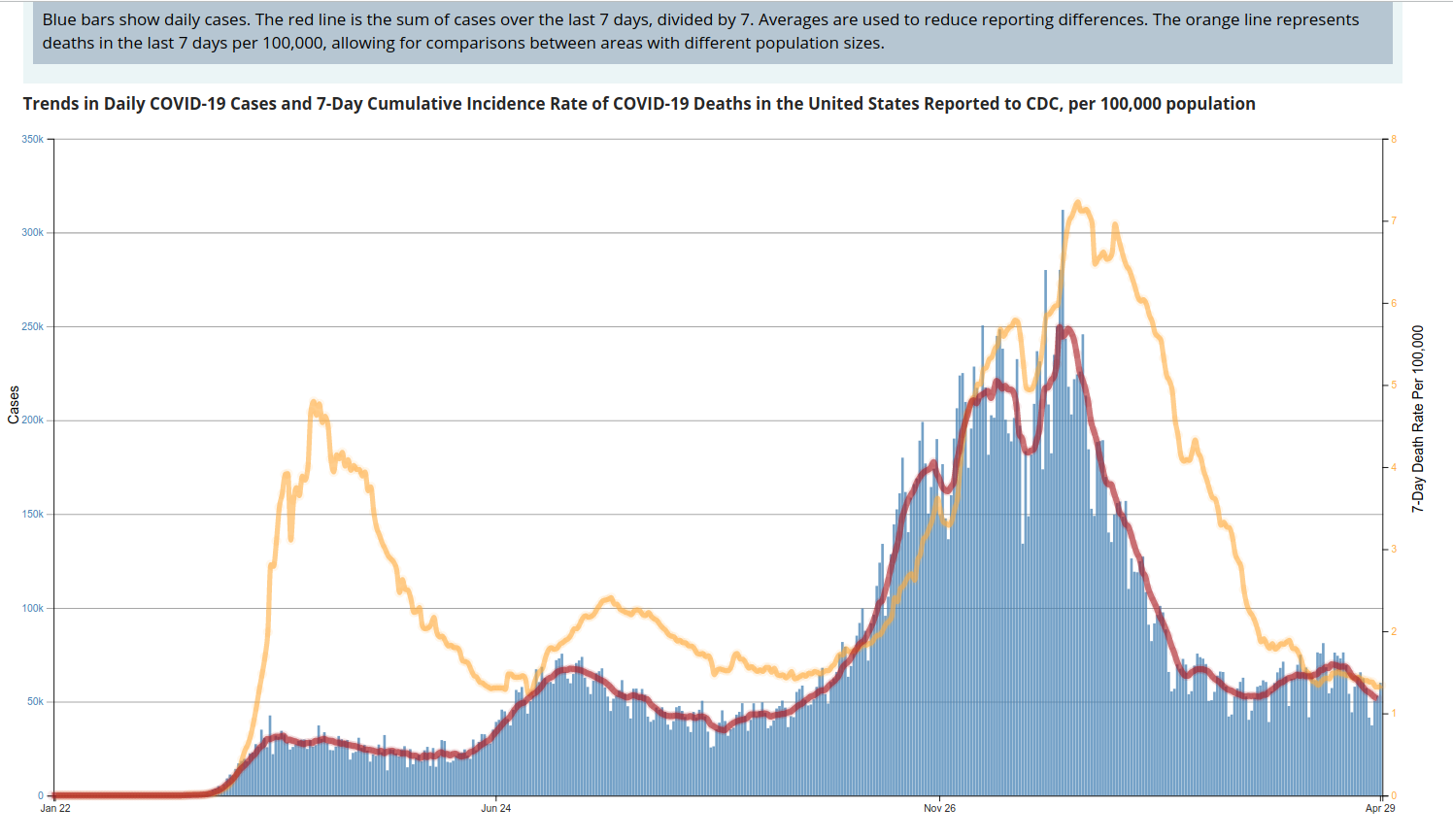
I’ll do a series of posts, tackling one or more questions as a time, and see how the candidates fared on matters of importance to the nation where there is clear (or not) scientific input to the issue. In this short post, I want to setup some baselines.
First, the US Federal Government is the largest single funding source for basic research. Basic research includes curiosity driven research into fundamental subjects, like mathematics, physics, chemistry, biology, and computation. In addition, the Federal Government funds applied research in areas like medicine and defense. Because the Federal Government is the investor, that means the American People are the investor. It’s the Peoples’ monies that are spent, ultimately for the good of the People. While private industry plays an evolving role in such research (think self-driving cars or new computational technologies), dig deep and you’ll find that the basic science behind these applications is rooted in funding from Federal agencies. For instance, self-driving cars have strong recent roots in DARPA spending through grants and prizes to institutions like Stanford, which curated the breakthroughs needed to supply private industry with the opportunity to apply the science. The risk was taken by the American People, and the benefit will be shared with them through private and public development of these ideas.
A report by President George W. Bush’s Committee of Advisors on Science and Technology (PCAST) in 2002 reported that, thanks to tracking technologies that generated major economic growth for the US back to their patents, one can find that that about 40% of the economic growth since World War II is attributable to an original breakthrough funded by the American People through basic, curiosity driven science [3]. The discoveries of 50-100 years ago, which eventually found practical application (though they may not have been practical at the time), drove the US’s economic engine for half-a-century. If such prosperity is desired in the future, it seems natural to want to continue to promote investment – private and public – in such research.
What is it that underpins this research? It’s science. Science is not a collection of facts. Science is a process by which reliable information is determined about the Universe. This might be about chemical reactions or drug resistance in viruses and bacteria, or the search for a new subatomic building block of the Universe, or the resolution of a long-standing conjecture in mathematics. The method is simple in thinking and difficult in practice.
![Science is a process for establishing reliable information about the Universe. Start with simple questions, the kind you thought of as a kid. "Why, when I blow into soapy water with a straw, do bubbles form?" Photo by Alan Kotok [2].](http://steve.cooleysekula.net/blog/wp-content/uploads/2016/09/5109038858_325c02cbe4_z-300x200.jpg)
Share your findings. Don’t be afraid of criticism. Somebody might spot a mistake you made. Good! If that decimates your explanation, then others won’t waste time on it. Maybe it wounds your explanations. Refine it and see if it survives the next test. Maybe it gets used by somebody else to make a new discovery.
This is science. By this method, repeated over and over for years, decades, and centuries, a reliable body of knowledge can be established. But that knowledge is subject to change as new information is added. Old ideas may still work, but not everywhere they were believed to. This creates opportunity for new ideas, fresh thinking, new experiments. Science is vibrant. Science is individual achievement and community cooperation. Science is social and personal and sometimes indifferent to your sadness over the loss of a beautiful idea to an ugly fact.
Why is it important that US President’s have a good, working knowledge of science (as a process) and the findings of scientific processes? They will have to make policies for the nation that, in part or as a whole, require input from such a process. If they are unable to accept the findings of a reliable information-gathering process, then that is a red flag. If they reject the findings outright, or sow uncertainty about about them, that is also a red flag. If they accept the findings but misunderstand them, that is a red flag. We want a President who is not an expert, but understands what is means to have expertise and seek out that expertise, especially in complex matters where science is needed to make sense of the data. Such issues are economic policies, climate change, water and food policy, human health, and even investment in research in the first place.
With all of this in mind, let us turn our attention to the questions asked of the US Presidential Candidates and look at their answers to the questions.
[1] I use quotes here because US Presidential “debates” do not take the format of a classic debate, where the moderator’s job is merely to introduce the debate topic and then keep time. Instead, the moderator asks many questions in a short period of time, and US Presidential candidates have a limited format for making a statement and then responding to the statements of others.
[2] Diego Cambiaso. “White House”
[3] PCAST Report, 2002. “Assessing the US R&D Investment”
[4] Alan Kotok. “Blowing Bubbles”




